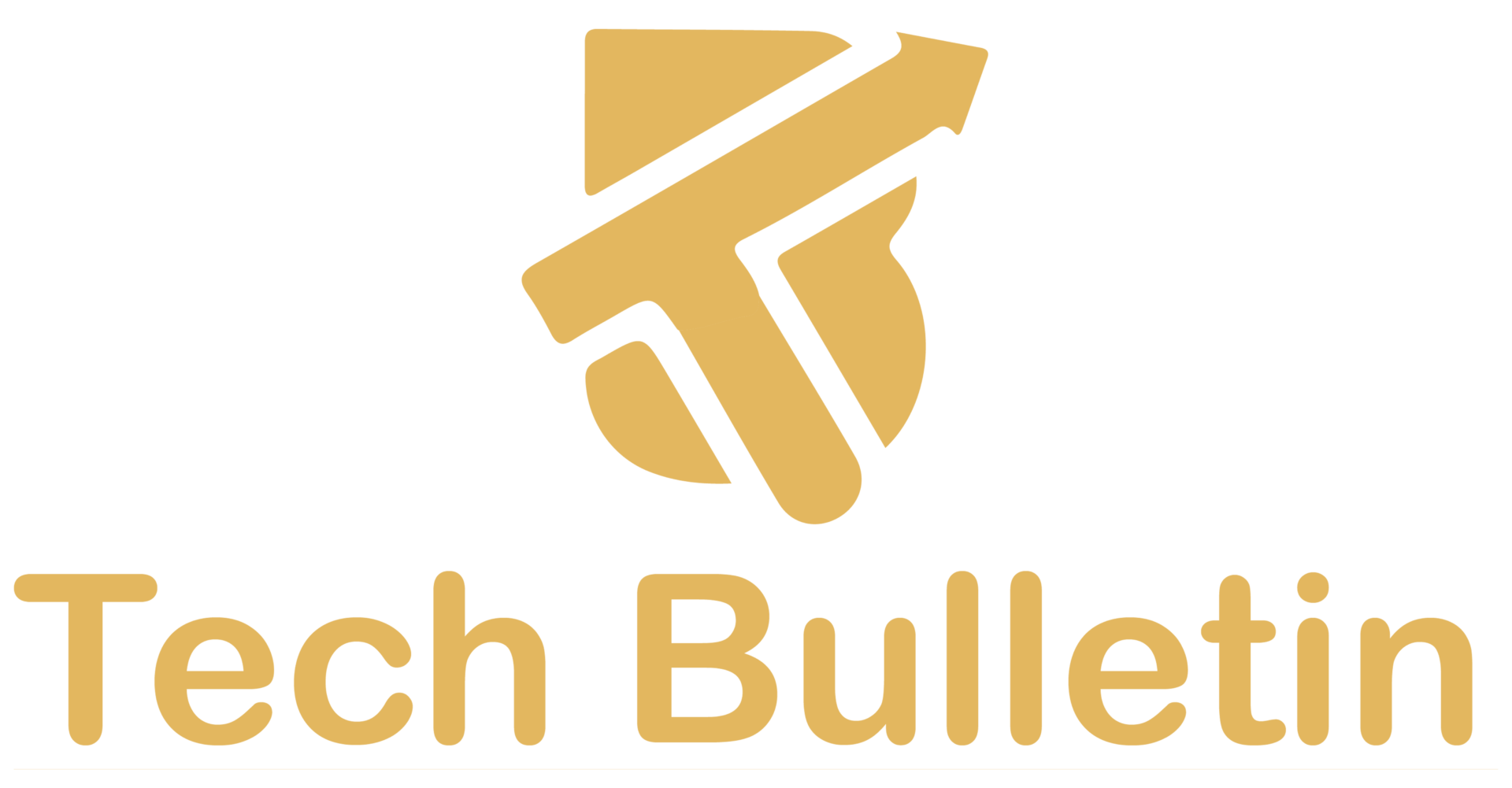Classroom Management Hacks Teachers Swear By

Classroom management is one of the most important skills every teacher must master. Whether you’re a seasoned educator or just starting, knowing how to effectively manage your classroom can transform the learning environment. But how do you ensure your classroom runs smoothly every day?
In this article, we’ll share classroom management hacks that teachers swear by to keep students engaged, focused, and respectful. From practical strategies to mindset shifts, you’ll find actionable insights that can improve both your teaching experience and student success.
Set Clear Expectations from Day One
Why Setting Expectations is Crucial
Establishing clear expectations from the start is one of the most effective classroom management strategies. When students understand what is expected of them, they are more likely to follow the rules.
Communicate Expectations Early
On the first day, outline your expectations for behavior, homework, and classroom rules. Key points might include:
- Behavioral expectations (e.g., respectful communication, no interrupting)
- Classroom policies (e.g., no food, no talking while others speak)
- Homework guidelines
Make sure to explain these rules clearly and take the time to engage students by asking for their feedback on certain points, but stand firm on the essentials.
Consistent Reinforcement is Key
Once you’ve set your expectations, it’s crucial to reinforce them regularly. Praise good behavior and address misbehavior immediately and consistently.
Tip: Visual Reminders for Rules
Create a visual chart of your classroom rules. Use symbols or simple images that represent the rules and place them in a visible spot. This serves as a constant reminder to your students.
Build Strong Relationships with Your Students
Why Trust Matters in Classroom Management
Students are more likely to respect a teacher they trust. Building strong, positive relationships is one of the most effective ways to manage your classroom.
Know Your Students
Make an effort to learn about your students beyond just their academic abilities. Show interest in their lives, hobbies, and family backgrounds. When students feel valued, they are more likely to behave responsibly and follow your lead.
Tip: Personalize Your Approach
Each student is unique. Some may respond better to verbal praise, while others may prefer more subtle recognition. Adapt your approach based on each student’s personality and needs.
Proactively Prevent Misbehavior
Prevent Misbehavior Before It Starts
Effective classroom management isn’t just about responding to misbehavior; it’s about preventing it before it happens. By using proactive strategies, you can keep your classroom running smoothly with minimal redirection.
Strategic Seating Arrangements
Where students sit can significantly affect their behavior. For example, group seating encourages collaboration, while assigned seating can minimize distractions. Experiment with different seating arrangements and observe how they impact classroom dynamics.
Engage Students Early
Begin every class with an engaging activity to capture students’ attention from the start. This could be a warm-up question or a short, interactive task. Keeping them engaged right away helps prevent disruptive behavior.
Tip: Incorporate Movement
Allow students to move around the classroom. Long periods of sitting can lead to restlessness and misbehavior. Short breaks and hands-on activities can help maintain focus.
Establish Consistent Routines

The Power of Routine
Students thrive on structure. When they know what to expect, they feel more secure, which leads to better behavior. Establish predictable routines for every class.
Examples of Classroom Routines:
- Start of the Day: Greet students at the door and provide a brief overview of the day’s schedule.
- Transitions: Have a set procedure for shifting between activities (e.g., “When I raise my hand, stop talking and look at me”).
- End of the Day: Wrap up with a reflection or exit ticket, ensuring students leave the class feeling closure.
Tip: Use a Timer
Timers can be powerful tools to keep students focused. Setting a timer for each activity helps students understand time boundaries, encouraging them to stay on task.
Reinforce Positive Behavior with Rewards
Why Positive Reinforcement Works
Positive reinforcement encourages students to repeat desirable behaviors by rewarding them. Rewards can include praise, privileges, or tangible incentives.
Types of Rewards:
- Praise: Acknowledge specific behaviors, such as, “I love how quietly you’re working today.”
- Privileges: Offer students choices, like where they sit for the next lesson, or give them free time.
- Tangible Rewards: Use a reward system, such as stickers, certificates, or “classroom currency,” to encourage good behavior.
Tip: “Catch Them Being Good”
Instead of focusing on misbehavior, actively look for moments when students follow the rules. Recognizing and praising these moments immediately reinforces positive behavior.
Address Misbehavior Calmly and Effectively
Stay Calm and Collected
Reacting emotionally to misbehavior can escalate the situation. The key to managing misbehavior is to stay calm and address the issue respectfully.
The “Three Rs” Approach:
- Redirect: Address the misbehavior calmly, redirecting the student’s attention to the task at hand.
- Restate Expectations: Remind the student of the behavior you expect.
- Reinforce Positive Behavior: Acknowledge and praise the student when they correct their behavior.
Tip: Avoid Power Struggles
If a student continues to challenge you, avoid engaging in a prolonged power struggle. Politely restate your expectations and move on.
Foster an Inclusive and Supportive Classroom Environment
Create a Supportive Atmosphere
A classroom that is inclusive and supportive encourages students to engage positively. When students feel safe and valued, they are more likely to follow the rules and contribute to the class.
Celebrate Diversity
Recognize and celebrate the different backgrounds, abilities, and perspectives your students bring to the classroom. This creates a respectful and accepting environment where students feel appreciated.
Encourage Teamwork
Collaborative activities foster mutual respect and build positive relationships among students. Encouraging teamwork allows students to support one another and creates a sense of community in the classroom.
Tip: Assign Classroom Roles

Giving students roles, such as class helpers or board writers, can promote a sense of ownership and responsibility in the classroom.
Conclusion
Effective classroom management takes time, consistency, and a thoughtful approach. By setting clear expectations, building strong relationships, using proactive strategies, and reinforcing positive behavior, you can create a productive and respectful classroom environment where students thrive.
Experiment with these strategies and adjust them to fit your unique class. With patience and practice, you’ll foster a classroom where learning is engaging, students are respectful, and your teaching experience is more rewarding.
FAQs
1. How can I get my students to follow classroom rules?
Clearly communicate your expectations and consistently reinforce them. Building trust with your students will also encourage respect for the rules.
2. How should I handle disruptive students?
Redirect the student calmly, remind them of your expectations, and acknowledge their positive behavior when they adjust.
3. How can I keep students engaged during long lessons?
Break up the lesson with interactive activities, multimedia, and collaborative group work to maintain interest.
4. What should I do if students are frequently late?
Create a welcoming routine for late arrivals and ensure they catch up on what they missed without disrupting the class.
5. How do I manage a class with diverse learning needs?
Differentiate your instruction and provide extra support where needed. This helps ensure every student can succeed in their own way.
Also read: Shocking Benefits of Automated Workflow You’re Missing
.






